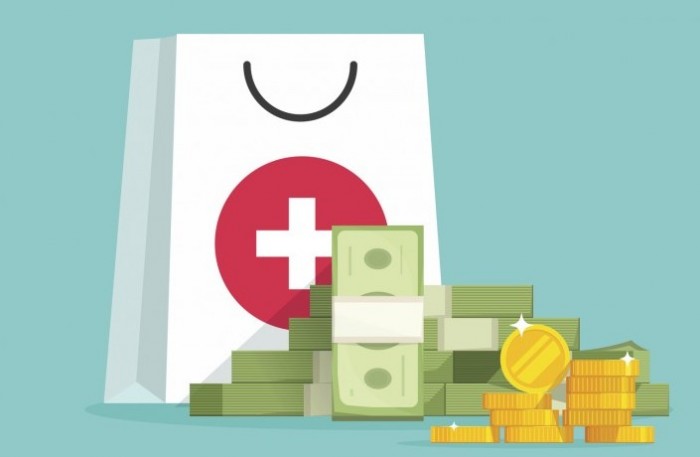CMS Tackles Drug Costs with New Medicare Advantage, Part D Models
CMS has introduced two new models that will lower drug prices for Medicare Part D and Medicare Advantage beneficiaries.

Source: Thinkstock
- CMS’s Center for Medicare and Medicaid Innovation has launched a new payment model and updated an existing model aimed at helping Medicare Part D and Medicare Advantage plans to lower drug prices and better serve patients.
“Expanding choices for patients, aligning incentives, and providing new flexibility for insurers in Medicare Advantage and Medicare Part D will deliver better value from these programs,” said HHS Secretary Alex Azar.
“The models being announced today create new incentives for plans, patients, and providers to choose drugs with lower list prices, and new ways to meet the unique healthcare needs of specific populations, prevent disease, and expand the use of telehealth. Today’s announcement draws on successes we have already seen in Medicare and advances our priority of using HHS programs to build a value-driven healthcare system.”
The new model for Part D plans, called the Part D Payment Modernization Model, will create incentives for lower drug prices and reduce out-of-pocket costs.
Currently in Part D, when a patient’s prescription drug spending is high enough for the patient to enter the highest phase of the benefit, known as the “catastrophic phase,” Medicare is responsible for 80 percent of the drug costs.
With this rule in place, plans have little reason to negotiate lower costs for the highest-spending patients, which has increased both federal spending and out-of-pocket costs for beneficiaries. CMS states that between 2008 and 2017, federal spending on the Part D catastrophic drug claims grew from $9.4 billion to $37.4 billion, an average increase of nearly 17 percent per year.
Moreover, in 2016, 3.2 million beneficiaries reached the catastrophic phase, and those who didn’t qualify for the low-income subsidy were faced with average out-of-pocket drug costs of nearly $3000.
Under the new model, plans will take on more risk for spending in the catastrophic phase of Part D. CMS will calculate a spending target based on plan year performance to see what government spending would have been without plans taking on this additional risk.
Participating Part D plans will share in the savings if they stay below the target but will be responsible for losses if they go over the target. The model also introduces a Part D rewards and incentives program to provide Part D plans with tools to control drug costs and help enrollees choose drugs at lower prices.
CMS also announced several updates to the Medicare Advantage Value-Based Insurance Design (VBID) model, first launched in 2017. The enhancements will test a new series of service delivery approaches for Medicare Advantage Plan beneficiaries for the 2020 plan year.
The approaches include allowing plans to provide reduced cost sharing and additional benefits to enrollees in a more targeted way, such as through customization based on chronic conditions or socioeconomic status.
The new model allows plans to boost the rewards and incentives programs that can help beneficiaries improve their health and increases access to telehealth services by allowing plans to use virtual services instead of in-person visits.
Medicare Advantage plans in all 50 states can apply for VBID for 2020, and the model is now available to all Special Needs Plans and Regional PPOs in all states and territories. Beginning in 2021, the VBID model will also allow Medicare Advantage plans to offer Medicare’s hospice benefit, designed to increase utilization of hospice services access and facilitate better care coordination.
The new and updated models will help CMS reduce drug costs and increase care access for Medicare beneficiaries.
“The American healthcare system is very different today than it was thirteen years ago when the Medicare Advantage and Part D programs were launched in their current forms, but due to the slow pace of change in government, these programs have not been fully updated to reflect today’s realities,” said CMS Administrator Seema Verma.
“Today’s announcements are prime examples of how CMMI can test policies to modernize CMS programs and ensure that our seniors can access the latest benefits. These two models ignite greater competition among plans, creating pressure to improve quality and lower costs in order to attract beneficiaries.”
The Part D Payment Modernization and VBID models will run through 2024. CMS will provide applications for participating in each model for the 2020 plan year staring the week of January 21, 2019.
